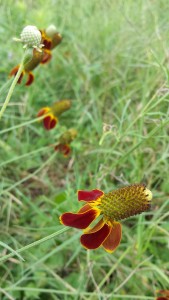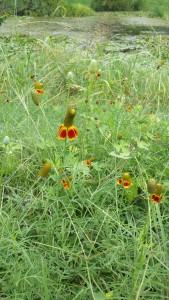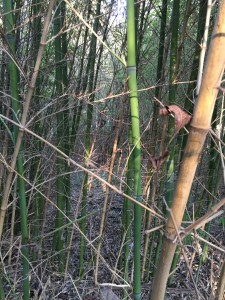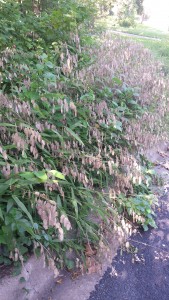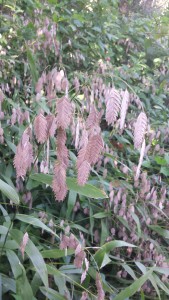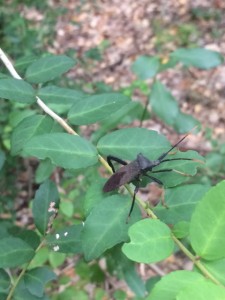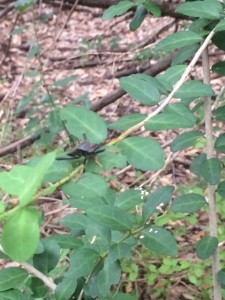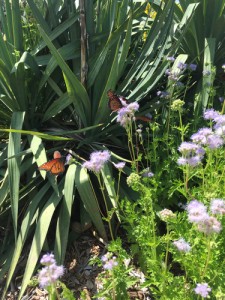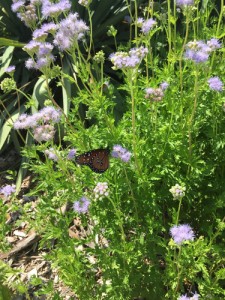Did you know that the goldenrod, genus Solidago, is edible? This plant is not only edible but is also well known for its healing properties (Edible Wild Food). All aerial parts of the plant can be eaten (Edible Wild Food). One website recommends using the flowers as a garnish on a salad and cooking the leaves like spinach (Edible Wild Food). Other uses include using the flowers and leaves to make a bitter tea (Edible Wild Food).

Goldenrod’s medicinal properties include chemicals that increase urine flow and have anti-inflammatory effects (WebMD). It is used to treat gout, joint pain, arthritis eczema and other skin conditions (WebMD). It is also sometimes used to treat tuberculosis, diabetes, enlargement of the liver, hay fever and asthma (WebMD).
iNaturalist observation: https://www.inaturalist.org/observations/4299614
References
http://www.ediblewildfood.com/goldenrod.aspx
http://www.webmd.com/vitamins-supplements/ingredientmono-84-goldenrod.aspx?activeingredientid=84&activeingredientname=goldenrod
